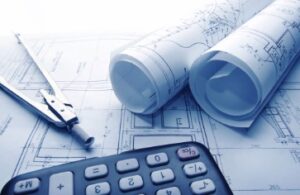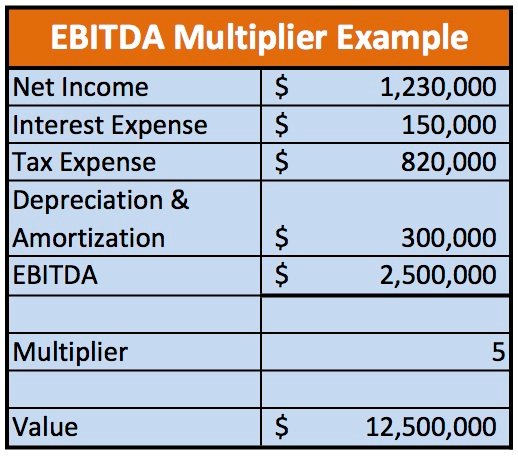
With a proper COA supported by construction accounting software, you can accurately account for income and expenses, and also easily create reports to assess your company’s financial health. Job costing is a critical component in customizing a chart of accounts for construction. It enables detailed tracking of all project costs, including direct costs like labor and materials, and indirect costs such as equipment rentals. A well-structured construction COA should integrate seamlessly with job costing systems to provide detailed tracking and reporting on a per-project basis.
with XOA TAX’s bookkeepers.
Construction companies use a COA to categorize financial transactions, which are then recorded using a double-entry accounting system. These transactions are summarized in financial statements, providing insights into your company’s performance. Under regular business accounting circumstances, revenue recognition is simple because they sell a product or service and collect a fixed price right away.
Noncurrent assets also include long-term investments, such as bonds and stocks, as these assets tend to remain on the balance sheet for longer than one fiscal year. The Work In Progress (WIP) schedule is an accounting schedule that’s a component of a company’s balance sheet. Here are some common balance sheet accounts and how they are arranged in the general ledger. Each of these will have at least one account in the ledger, depending on the structure the balance sheet of the company and how detailed the records are. This allows for clearer understanding and tracking of profitability by project type.
It allows firms to pinpoint profitable ventures, track expenses, and ensure fiscal responsibility across the board. This will make it easy for you to send invoices online, track expenses, monitor payment status, generate financial reports, and more. An accountant will help you make sense of the numbers, manage your books, generate reports, estimate your quarterly tax payments, maintain a healthy cash flow, and protect narrow profit margins. You’ll also want to categorize these expenses by service, and by individual job so you can easily track how much money came in as well as how much you spent on expenses. Using an expense tracker and saving your receipts can help you keep track of all of your expenses and project profits on each job. Below are the key ways in which construction accounting differs from other types of accounting.

Confidently build your business with organized projects that stay on-budget
The structure of the general ledger provides the framework for the company’s financial statements. The accounts in the ledger are ordered in a particular way that mirrors how they are presented on the statements. Generally, accounts are ordered to begin with the balance sheet and then proceed to the income statement. Having a consistent account structure ensures that financial data is recorded and presented in a uniform way, regardless of the project’s size or scope.
Since QuickBooks Online helps create financial reports, contractors can use the integrated accounts from Knowify to help create reliable and accurate financial reports for their business. In simpler terms, the chart of accounts determines where you’ll record every transaction. This is important because, as mentioned, investors, shareholders, or interested parties will use a chart of accounts to obtain a clear view of your company’s financial health.
This helps streamline the process of setting up and managing the chart of accounts in both systems. All project or job costs will also fall under expenses such as labor, material, equipment, and permits. Together, these expenses are essential for a successful construction project and enable the company to work competitively and productively. A well-structured Chart of Accounts contra asset is critical for the financial health of any construction company. Customizing your COA to align with your business needs ensures better financial management and compliance with industry standards.
- For these reasons, construction companies may need to generate separate profit and loss (P&L) statements for each project.
- But first, it helps to get an understanding of what a chart of accounts is, what it does, and what it looks like.
- It enables detailed tracking of all project costs, including direct costs like labor and materials, and indirect costs such as equipment rentals.
Structure and Organization
You can think of these accounts as pockets or folders that collect amounts, and then report the totals at the end of a period. Equity represents the residual value of your company’s assets after all liabilities have been paid off. It’s the owner’s stake in the business and reflects the amount of money that would be left over if the company were to sell all of its assets and pay off all of its debts.
In this article, we’ll explore what a construction chart how to prepare for tax season of accounts is, why it’s vital for your business, and how you can interpret one to have a complete picture of your finances. For this reason, a chart of accounts is a foundational accounting tool for providing the accuracy and structure needed to understand every transaction in your business. And finally, accounts for general overhead expenses like marketing, model homes and sales office, closing costs, and bad debts. Most accounting software will insist that you develop a general ledger before you start entering transactions. Shareholders equity is the portion of equity that belongs to the owners of the company.
Leave a Reply